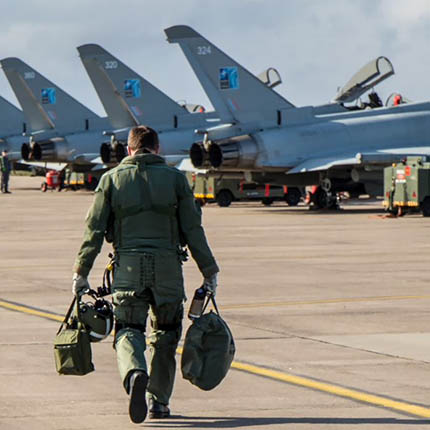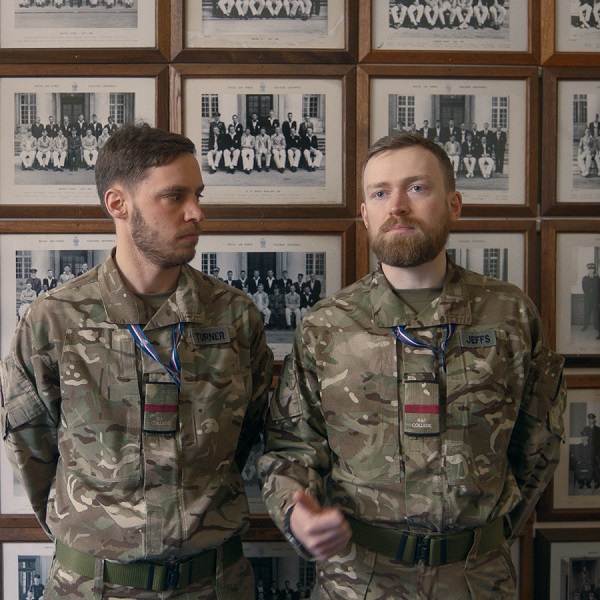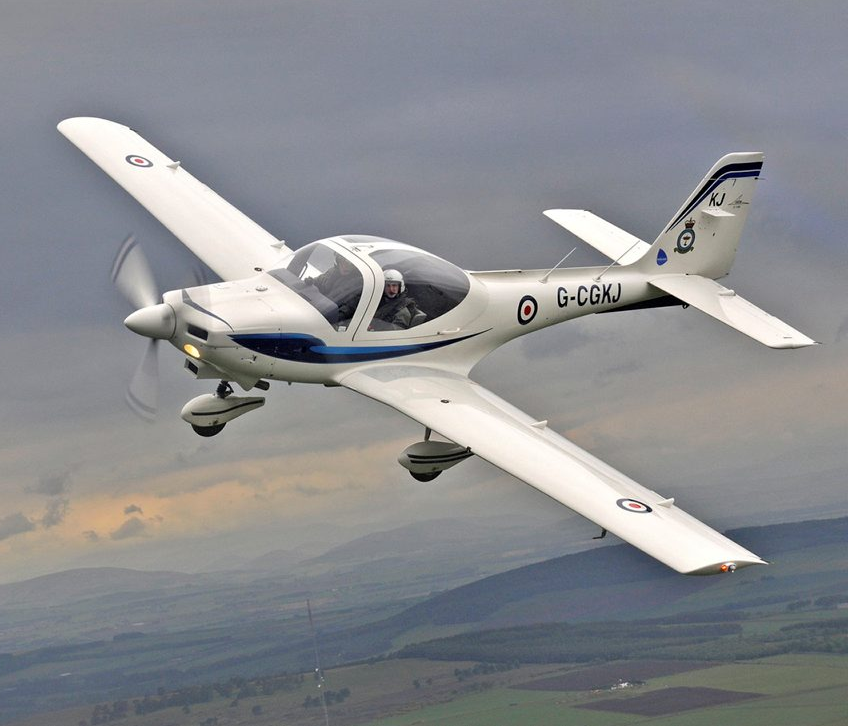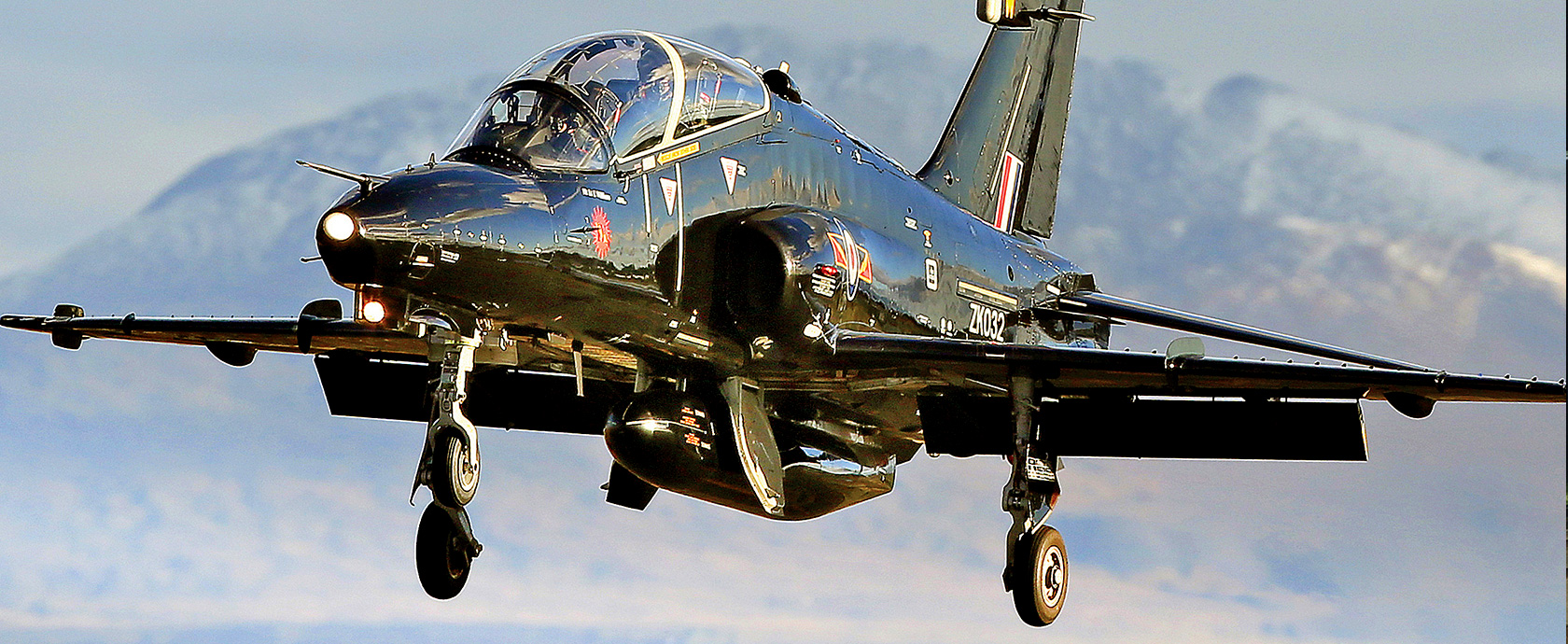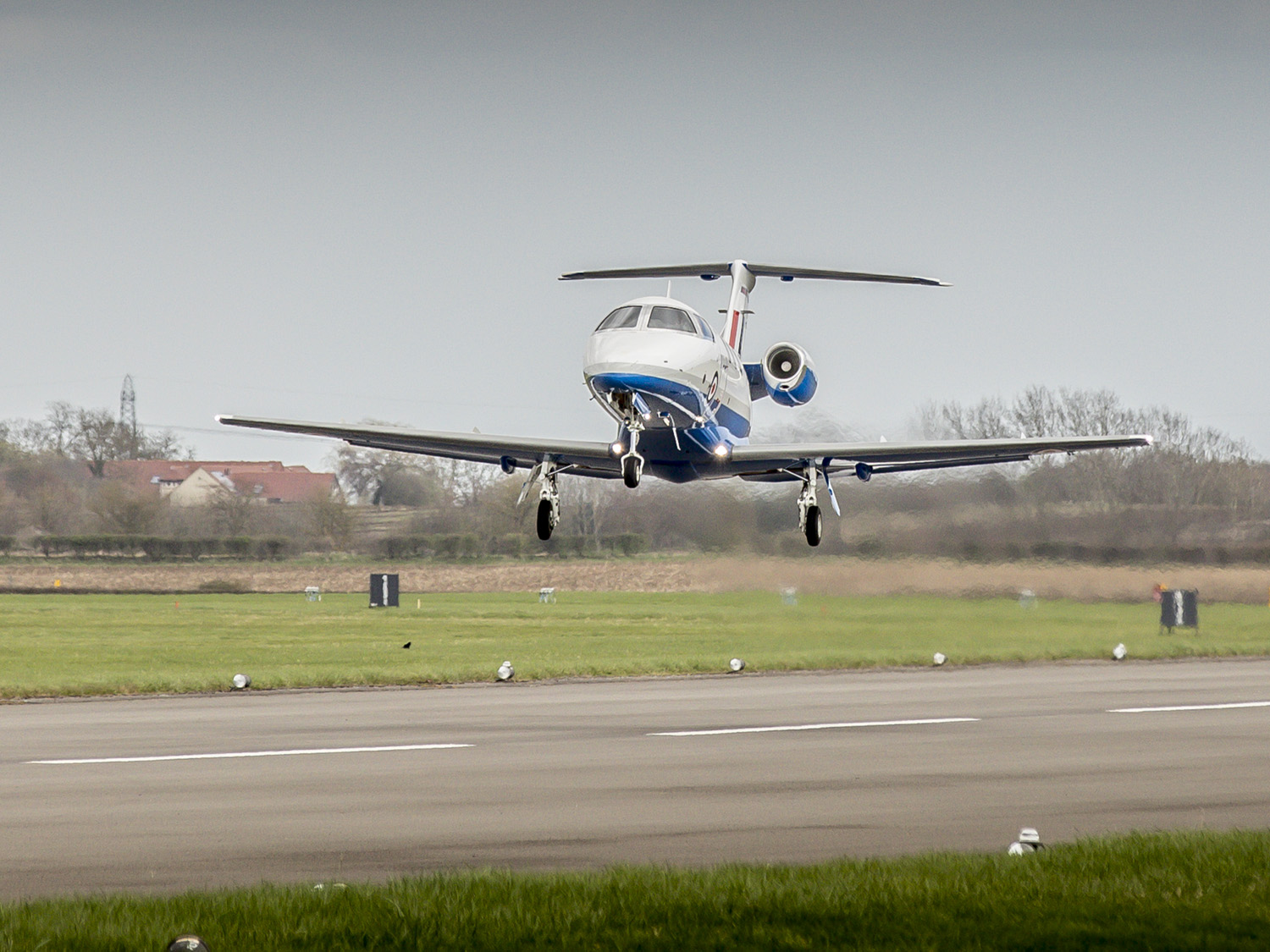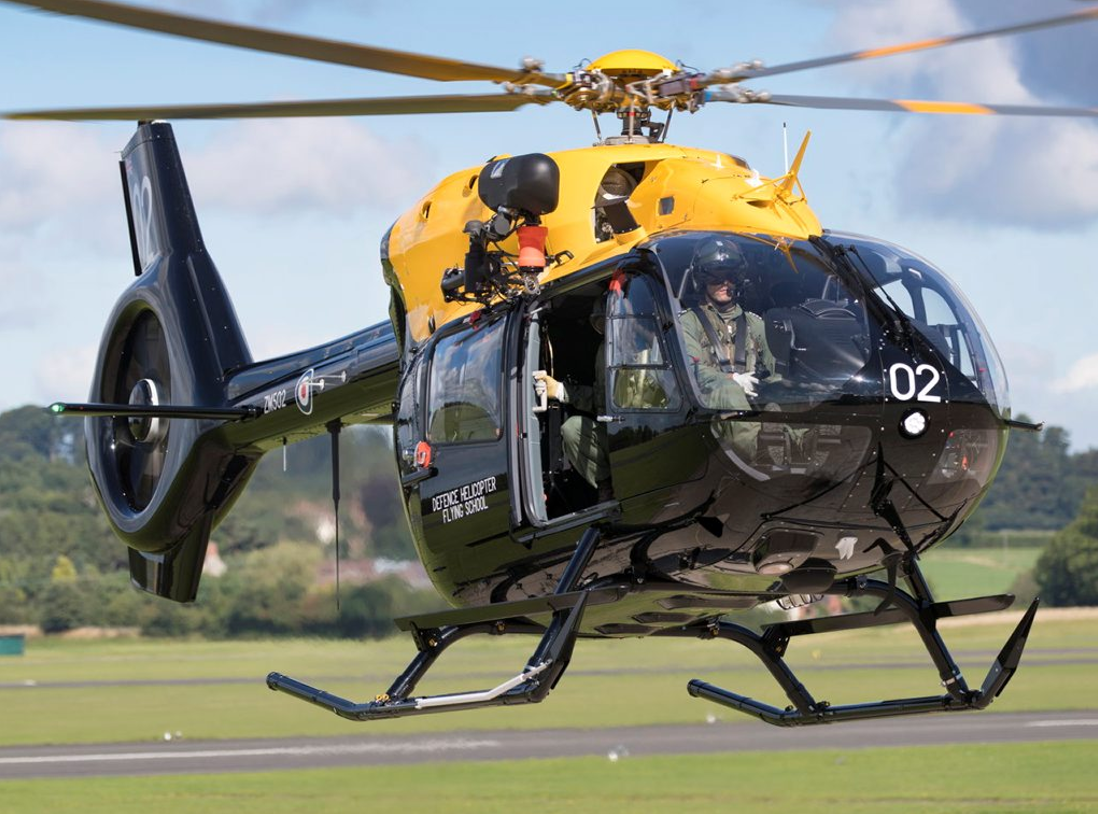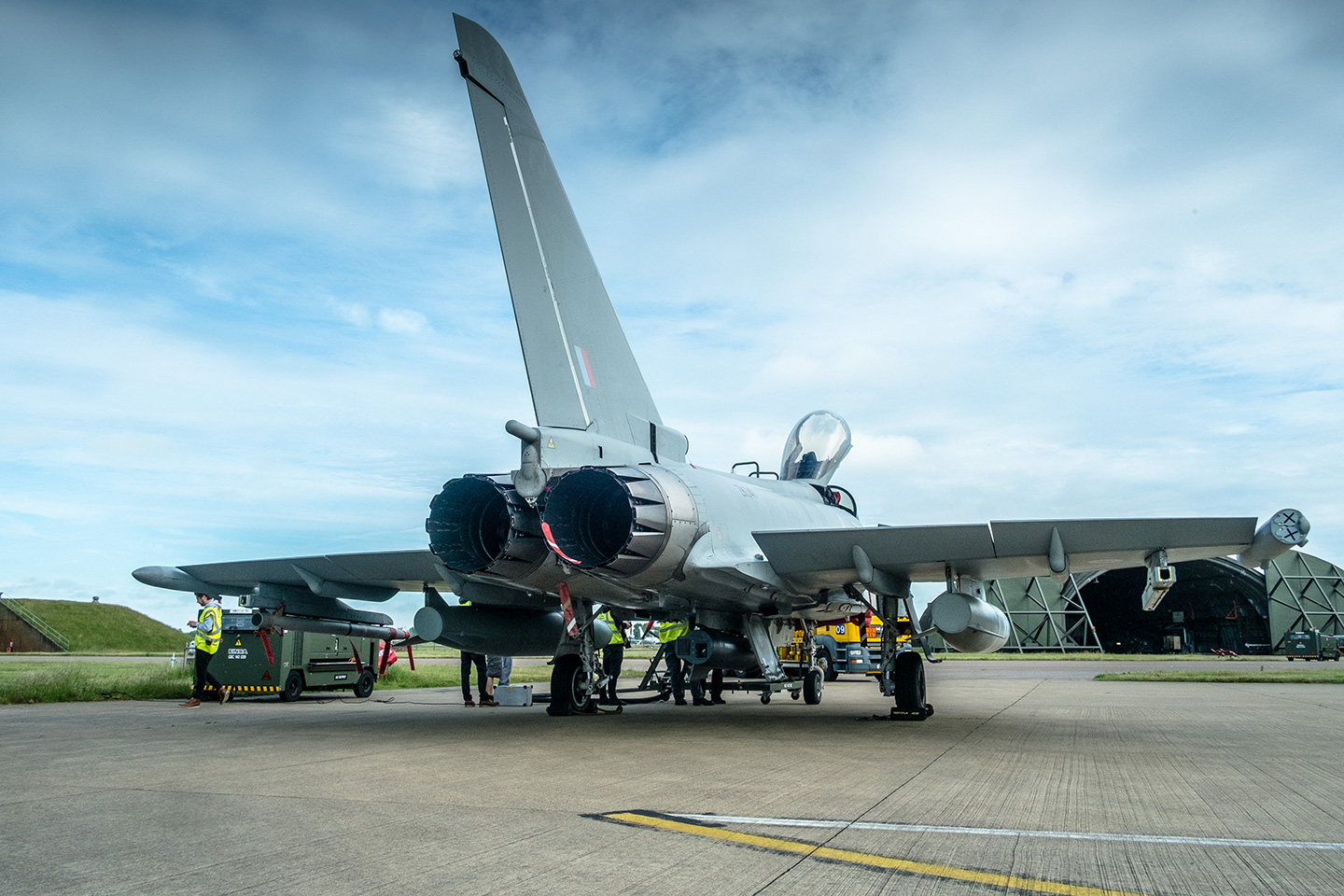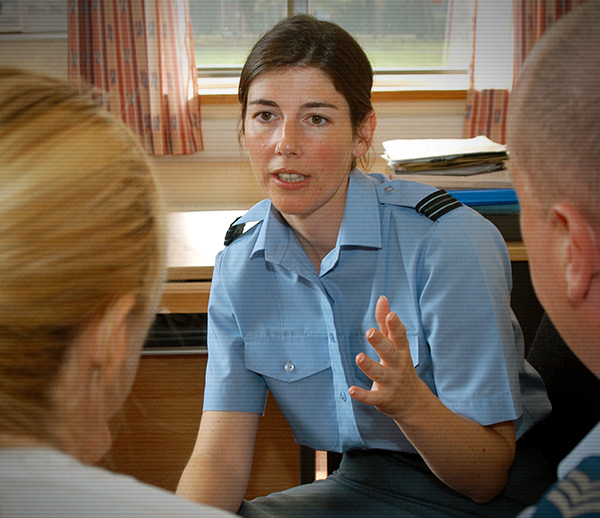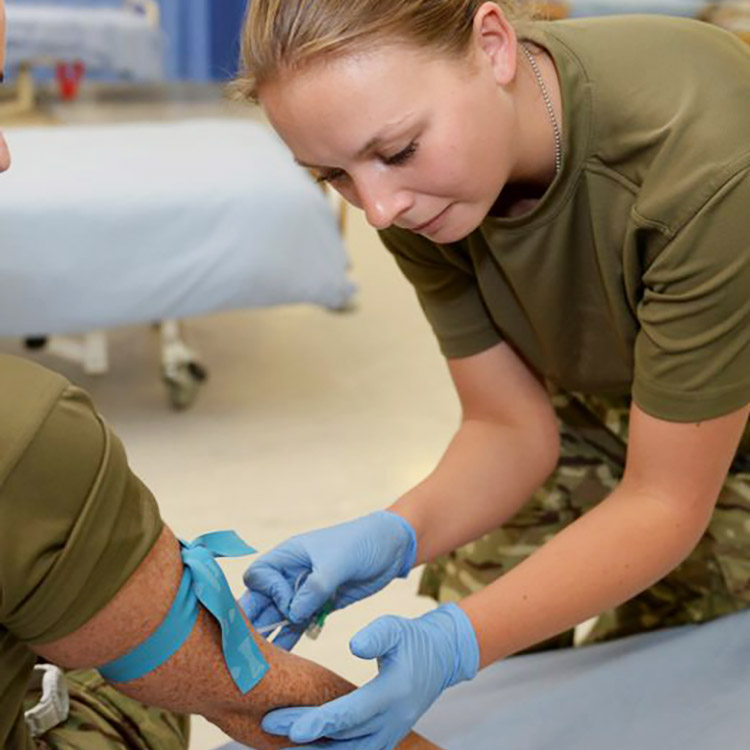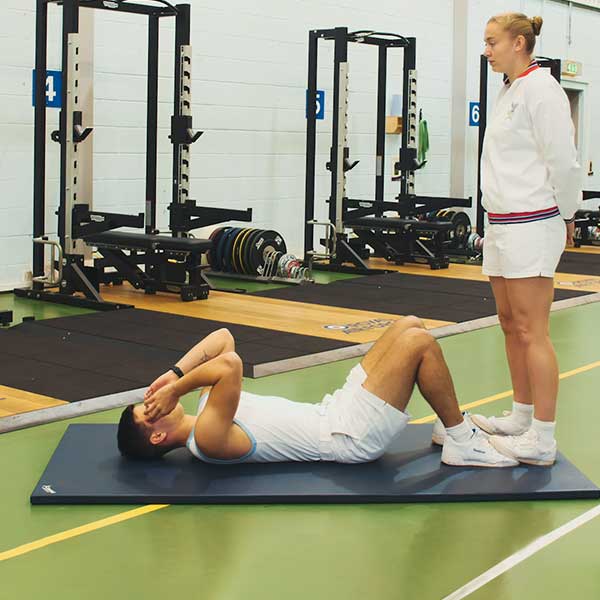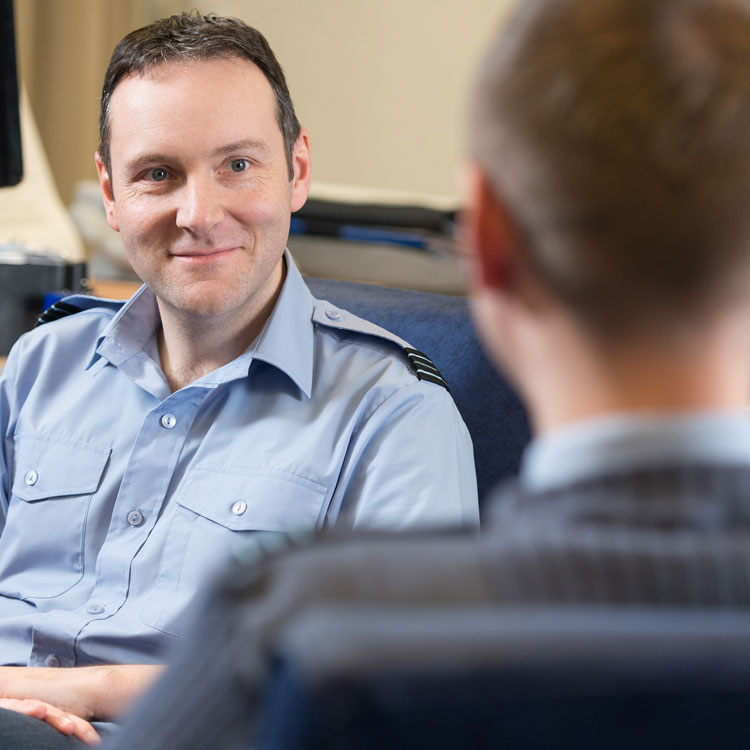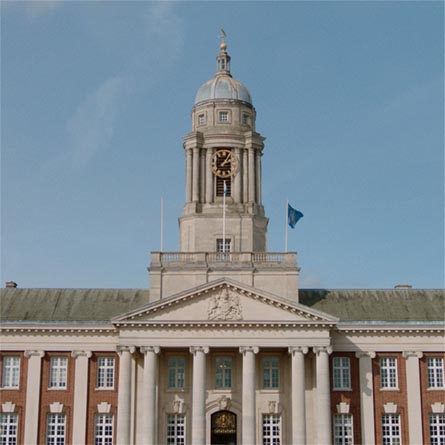Pilot is part of the Aircrew Profession, and this role is split into 4 main specialisms. After basic training you will be streamed into one of the following for specialist training tailored to type of aircraft. This will depend upon aptitude, qualifications, career aspirations and the Service need.
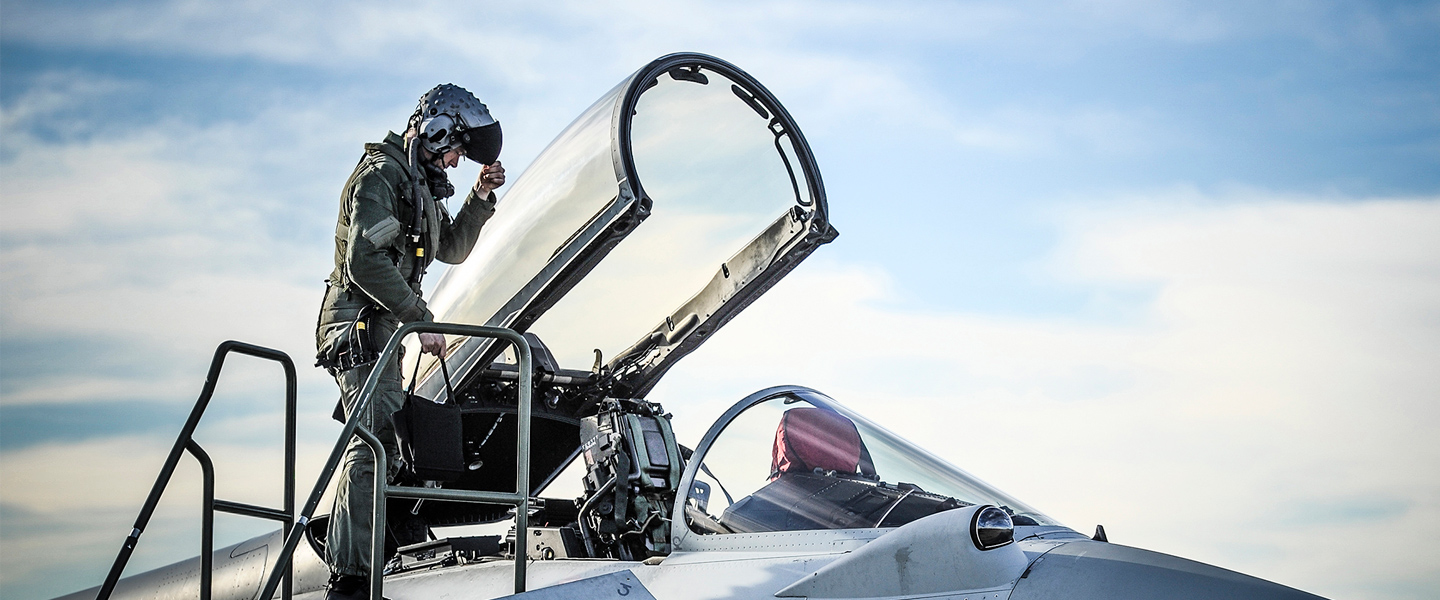
Royal Air Force Pilots provide air power on behalf of the country, operating state-of-the-art aircraft world-wide.
Already applied? See what the next steps are >
This is a diverse and exciting role helping protect the skies and space as well as supporting operations and protecting the interests and influence of the UK and our allies. You’ll be streamed to fast-jet, multi-engine, rotary-wing (helicopter) or Remotely Piloted Aircraft System (RPAS) depending on operational requirements and your flying ability. You are then likely to specialise in this type of aircraft throughout your career. Across these different specialisms you could be:
- Conducting air-to-air combat
- Taking part in ground attack missions
- Be involved in intelligence and surveillance
- Providing military support
- Delivering equipment and supplies
- Controlling aircraft from ground control stations
- Mission planning and ground-based staff duties
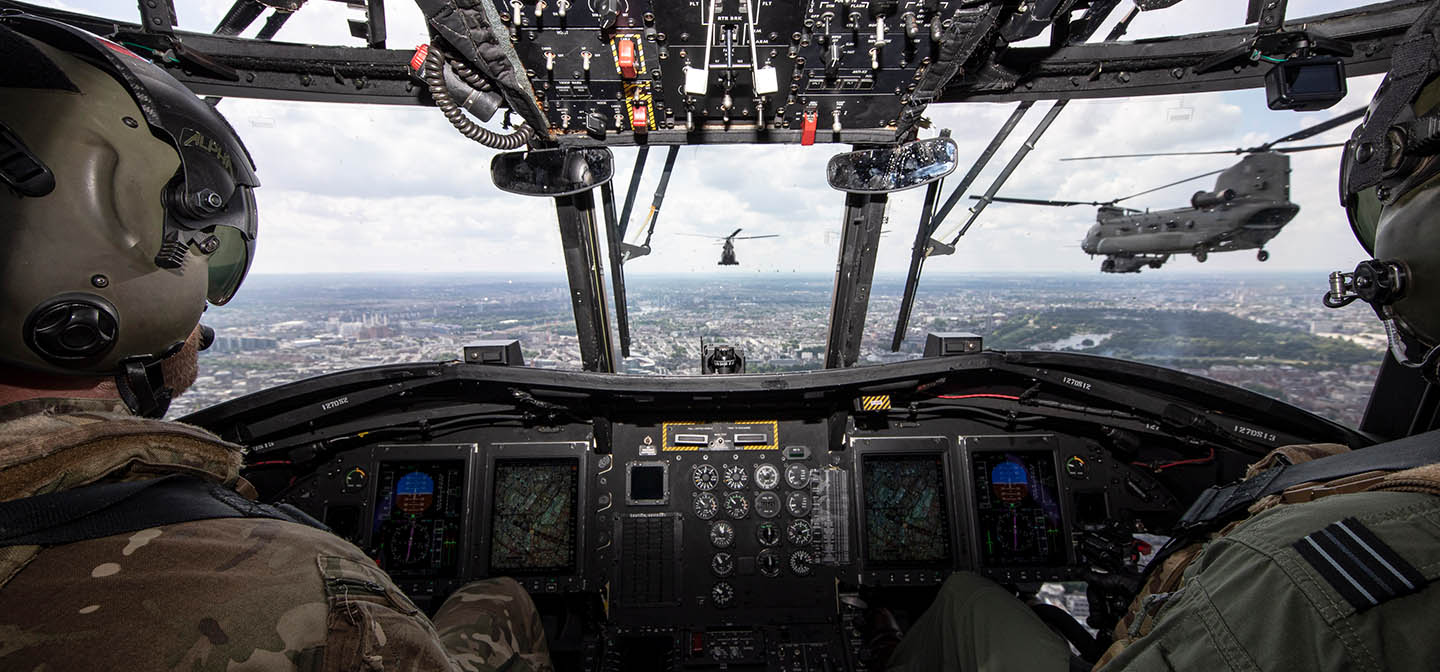

- GCSEs at Grade C/4 or Scottish National 5 at Grade C in English Language, Maths and at least three other subjects.
- Have at least 2 A2 Levels/3 Highers at Grade C or above (excluding General Studies, Critical Thinking or Citizenship Studies) which must total a minimum of 64 UCAS points
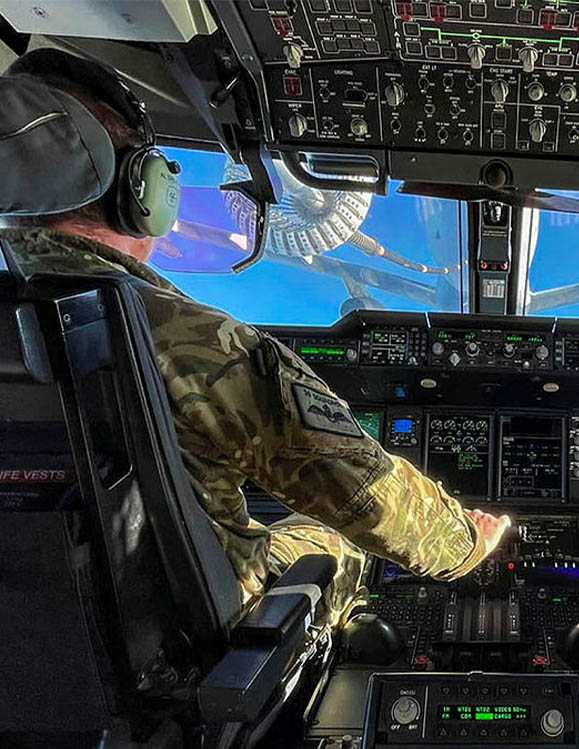
- The minimum age to apply is 17-and-a-half years old. The maximum age on entry to Direct Entry Pilot is age 23, Phase One training at RAF Cranwell must be started before your 24th birthday. To accommodate the process, candidates are to submit an application before their 23rd birthday.
- Be a citizen of the United Kingdom or holder of dual UK/other nationality
- Commit to minimum 12 years service
- Meet the health and fitness criteria
- Pass a Fitness test - Details below
- Candidates must be able to swim - see details below
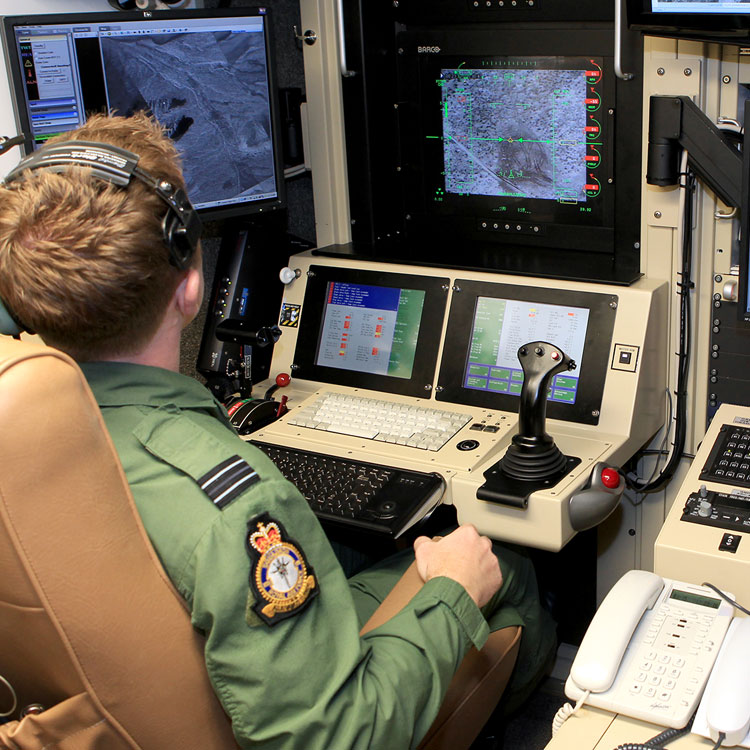
As a Fast-jet pilot you will be responsible for flying in a front-line role and you will fly the Texan before progressing to the Hawk T2. After successful completion of the tactical weapons phase, you will go to train on the specific aircraft that you will be flying in a front-line role (e.g. Typhoon)
As a multi-engine pilot you will fly the Phenom at RAFC Cranwell before going on to train on the aircraft that you will be flying operationally (e.g. C17) upon receiving your Pilot ‘wings’
If you are streamed to rotary, you will start by flying twin-engine helicopters at RAF Shawbury, the Juno and Jupiter. After being successfully awarded your Pilot ‘wings’, you will then go to train on the helicopter that you will be flying operationally (e g. Chinook)
If you are streamed to Pilot (ISR) RPAS, after elementary flying training you will complete pre-employment training and then a 13 week Basic Phase. On successful completion you will be awarded your flying badge and then progress to the Advanced Phase, 6 weeks.
Thanks to subsidised food, travel, accommodation and free gym you get more money in your pocket.

The maximum age on entry to Direct Entry Pilot is age 23, Phase One training at RAF Cranwell must be started before your 24th birthday. Candidates are to submit an application before their 23rd birthday.
Applicants must also read all of the sections below and make sure they meet all entry requirements before submitting an application.

NATIONALITY
You must be a citizen of the United Kingdom or holder of dual UK/other nationality.
RESIDENCY
Whether or not you were born in the United Kingdom, you should have resided there for the 10 years immediately preceding your application, but candidates with a minimum of 7 years may be considered.
If you have resided abroad for a period due to work or study, you may still be eligible on a case by case basis.

You must be physically fit to complete both initial and specialist training, and to do your role effectively. To check your fitness levels, we put every candidate through at least two separate fitness tests as part of the application process.
The first of these is the Pre-Joining Fitness Test (PJFT) which takes place at a fitness centre local to you. This consists of the following:
- 2.4km (1.5m) run on a treadmill (set to zero incline)
- Achieve the required number of press-ups - within 60 seconds
- Achieve the required number of sit-ups - within 60 seconds
How fit you need to be to pass these tests can vary depending on role, age and gender. The requirements are listed on the charts below (Male and Female).
| MEN | |||
| AGE | 2.4 Km Run | Press-ups | Sit-ups |
| (Mins) | (No.) | (No.) | |
| 15-16 | 12.39 | 20 | 35 |
| 17-29 | 12.11 | 20 | 35 |
| 30-34 | 12.36 | 19 | 32 |
| 35-39 | 13.02 | 18 | 29 |
| 40-44 | 13.30 | 17 | 26 |
| 45-49 | 14.00 | 16 | 23 |
| 50-54 | 14.34 | 15 | 20 |
| WOMEN | |||
| AGE | 2.4 Km Run | Press-ups | Sit-ups |
| (Mins) | (No.) | (No.) | |
| 15-16 | 14.59 | 10 | 32 |
| 17-29 | 14.30 | 10 | 32 |
| 30-34 | 14.55 | 9 | 29 |
| 35-39 | 15.21 | 8 | 26 |
| 40-44 | 15.58 | 7 | 23 |
| 45-49 | 16.32 | 6 | 20 |
| 50-54 | 17.06 | 5 | 17 |
See here for more information about the tests and a training plan
The second fitness test will take place at RAF Cranwell as part of your familiarisation visit. This includes press-ups, sit-ups and the Multi-Stage Fitness Test (MSFT or Bleep test). Standards to achieve will be given during the visit.

To train as aircrew in the RAF, you must be able to pass the RAF Swimming Test as follows: Swim 100 meters without rest, using any front or sidestroke. Tread water for 2 minutes. Get out of the deep end of the pool unassisted, without the use of steps or the bottom of the pool.
All personnel attempting the test must wear clothing commensurate with that worn for their normal operating activity, which for aircrew is a flying suit.

Candidates joining the RAF must be medically fully fit, both physically and psychologically, to meet the challenges of military service, during which they will be expected to deploy, potentially at short notice, to locations world-wide that are remote from established medical care.
Certain medical conditions could preclude entry to the RAF. Further details can be found in this document.
Before your application, please note that Body Mass Index Requirements are as follows:
| Age | Male and female minimum | Male and female maximum | Male maximum with additional assessment | Female maximum with additional assessment |
| 18 + | 18 | 30 | 32 | 32 |
| 16 to < 18 | 17 | 27 | 27 | 27 |
Eyesight requirements vary for different roles. A requirement to wear glasses or contact lenses may be allowed for aircrew.
If you are unsure about any health criteria, please continue your application and your eligibility will be assessed at the medical examination stage.
During your application, the Medical Risk Assessment that all candidates undergo is there to make sure that you are healthy enough for the intense training required by the RAF. Your application will be rejected if you fail to meet the minimum acceptable medical standard for entry. Your medical history is confidential and is not disclosed to those not authorised to hold this information.

YOU MUST
- Declare any previous spent and unspent convictions
- Check if you qualify under the Rehabilitation of Offenders Act 1974 through this summary
- Have a background check in order to get an enhanced security clearance

YOU CAN'T APPLY FOR THE RAF IF YOU:
- Have been or are member of a group that stirs up racial hatred and violence
- Are waiting to appear in court, or have unspent convictions. You may also have to declare spent convictions for certain roles
- Misuse drugs, solvents and anabolic steroids. But each case is considered upon its own merits
- Have tattoos, brands or bead implants that are obscene or offensive.
Any permanent or temporary tattoos, whether ordinarily visible or not, must not be obscene or offensive (eg, racist, anti-religion or belief, crude, overtly sexist, homophobic, drug related or of an extreme political nature). Tattoos may be worn on the side and back of the neck but tattoos on the back of the neck must not extend above the natural hairline (scalp tattoos are not permitted). - Have body piercing which causes holes that do not close up
- Declare yourself to be an 'undischarged' bankrupt
Beard Policy:
A revised facial hair policy has been agreed by the Air Force Board which will allow serving personnel to wear a smart, neatly-trimmed, full-set beard whilst maintaining high standards of appearance. The length of acceptable beards is between Grade 1 (2.5mm) and Grade 8 (25.5mm).
The wearing of beards during Phase 1 and Phase 2 training is currently under consideration and details will be advised when available.
If you don’t have any of the above, you might still be able to apply. For more information please contact us.
